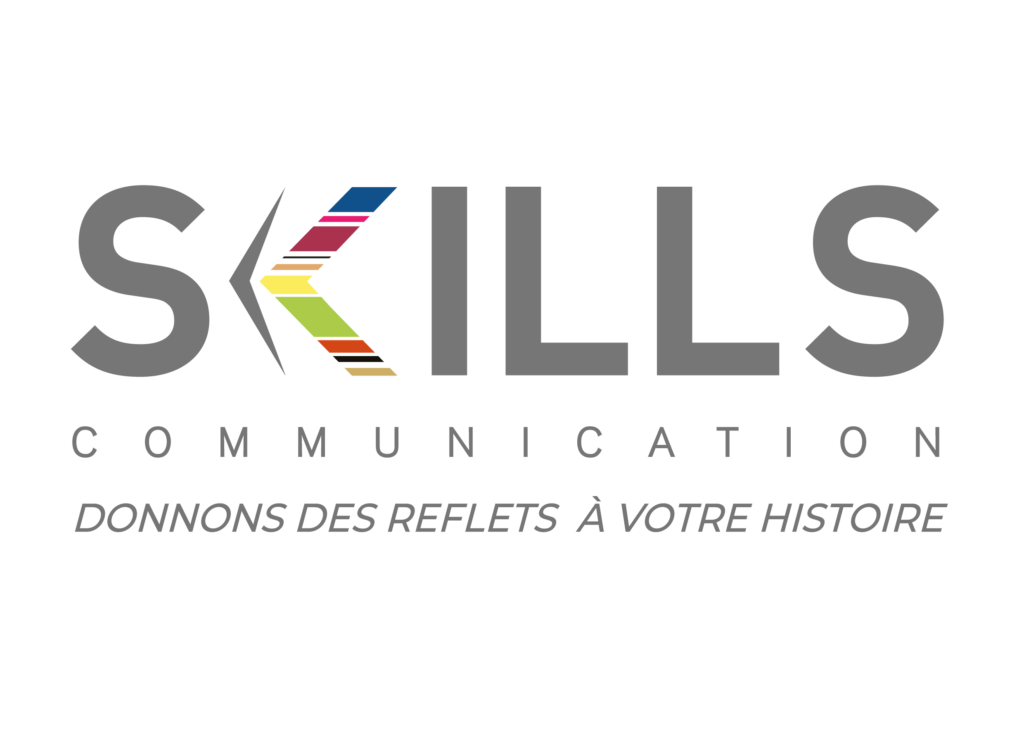Whether it’s understanding and subscribing to strategy, ensuring the spirit of “working well together” or commitment to the corporate culture, internal communication must always be convincing, knowing the expectations and profiles of employees.
During the vacations, everyone gets together with loved ones and takes part in leisure activities that create happy memories. And as the new season approaches, managers and staff alike contemplate their return to the company. They often wonder why the same atmosphere, team spirit and commitment to a common project are missing.
Is it just the effect of the sun or relaxing with friends that makes people want to join in on common projects? What if we identified the root causes that create the desire to share objectives, and above all the obstacles that can prevent us from doing so in our company?
With the spread of home-working and the loss of corporate commitment observed everywhere, companies are looking for every way to recreate employee buy-in. This is a challenge that internal communications, with the help of HR, can meet.
The SKILLS Dircoms are by your side throughout the summer to highlight the three essential pillars of internal communication: those that will create the right conditions for employee commitment.
Communication is not solely information
In the recent past, communication was all about information. The primary mission of internal communication was to ensure that every employee was fully informed about the company’s strategy and operating procedures. Many still do, and train their managers to “cascade” the information created by Com.
We understand the importance of questions asked by employees. So we insist on them, and even prepare them in advance. Without questions, we’re convinced that the message has got through. But are we sure?
SKILLS agency is often consulted to study the internal communication system in place, in order to understand why the information transmitted is not acquired. Most of the time, the communication setup is perfect, if not too dense.
What if the objective was no longer this one? What if the goal wasn’t to inform, but to secure the support of employees? In the end, this is the very meaning of the word communication: to share, to convince, to ensure buy-in.
So let’s ask ourselves the right questions: buy-in for what? To what end? How do we create that buy-in, given the history and composition of our company?
Three complementary areas
Let’s now turn to the three main pillars of internal communication: those that serve the company’s needs while developing a sense of belonging. Those that generate commitment and the desire to spend time together, essential to going beyond the simple execution of individual missions.
Internal communication is built around three complementary and mutually reinforcing areas. The aim is to assess your situation in these areas and understand the issues at stake.
Exchanging information to get people on board
How do you ensure a two-way exchange that reaches everyone and helps you achieve your mission? What information is important to the company, and what information do employees need? Which communication tools are most effective?
Of course, sharing strategic ambitions and the means to achieve them is an important source of motivation. But only if you make sure that the troops are aligned!
Informing people to get them on board is a challenge. To succeed, you need simple, repeated messages and proof of your ability to achieve the objectives. Most teams are happy to take part in an ambitious project. But the road to achieving it must be shown, as well as the skills expected from everyone to succeed.
Too often, communication neglects the doubts that employees hold. True bottom-up communication is difficult to organize. It’s essential to identify questions through open discussion, and provide concrete answers to keep everyone motivated.
Similarly, some employees are unaware of their role to play or the skills they need to succeed. In such cases, working groups, training and a precise analysis of the forces at work will be very useful.
Team spirit: connecting and developing teams
How to create proximity and mutual knowledge outside the silos? What are the right ways to share and discover others? What qualities should be developed to create a cohesive group?
Absorbed by our individual roadmap, we don’t pay enough attention to our colleagues, who make it easier for us to succeed as a team though. Communication must therefore highlight the activities of each stakeholder in a given objective.
Too often, only certain groups within the company are visible (sales, engineers), while other equally essential operators (factory, administration) remain in the background. Personal testimonials, on-site reports and the recognition given by management will be the means to discover all the company’s professions and create more connections.
Sharing experiences (in preparation for or at the end of a project) and organized get-togethers remain key instruments of team spirit.
And let’s not forget the personal development opportunities offered by the company. They are a source of motivation and integration. They also help ensure quality of work and personal satisfaction for employees.
Soft skills are useful for everyone, both individually and as a group. They enable us to instill the qualities needed for the company (leadership, communication, collaboration, conflict management, change management…) and are powerful drivers of commitment.
A sense of belonging: consult & engage
What are your values that will create buy-in? How can you apply them internally and externally?
What social actions can give purpose to your teams?
The third priority pillar of internal communication is the sense of belonging. Certainly the most complex to create. First and foremost, you need to choose the values that unite your teams. The ones that make up your DNA, and with which your teams can identify.
Employees should be regularly consulted on the values they are proud of and those they have doubts about. The permanent incarnation of these values by showing the actions and results that illustrate them, through internal communication reports, will be welcome. Awards and recognition of best practices are also good ideas.
We’ll also emphasize the influence of your teams, made possible by a network of ambassadors spread everywhere and thanked for their commitment to the corporate spirit.
Finally, the affirmation of the company’s societal role (CSR) and its desire to progress, with examples of concrete actions, will complete the commitment plan. Ideally, employees should be at the heart of these actions, embodying them and driving them forward.
Employer branding is the consequence
Management may have other ambitions for internal communication, in order to develop its employees in other areas. This is entirely understandable. But our experience as Dircoms over more than 30 years, leads us to first assure you that the three pillars above are well anchored. That they are measured and regularly communicated.
The proposed solutions will be adapted to the company’s budget, human and technical capacity of its communications teams and, of course, its competitive position. (employer branding)
The SKILLS DirCom’s experience of working with major groups and well-known market influencers gives us a broad vision of internal communications and employer branding issues. We can help you analyze your environment, your ambitions for employee buy-in, and your resources. With an experienced, outside, critical eye, we can assist you in fine-tuning your internal communications to move forward.






